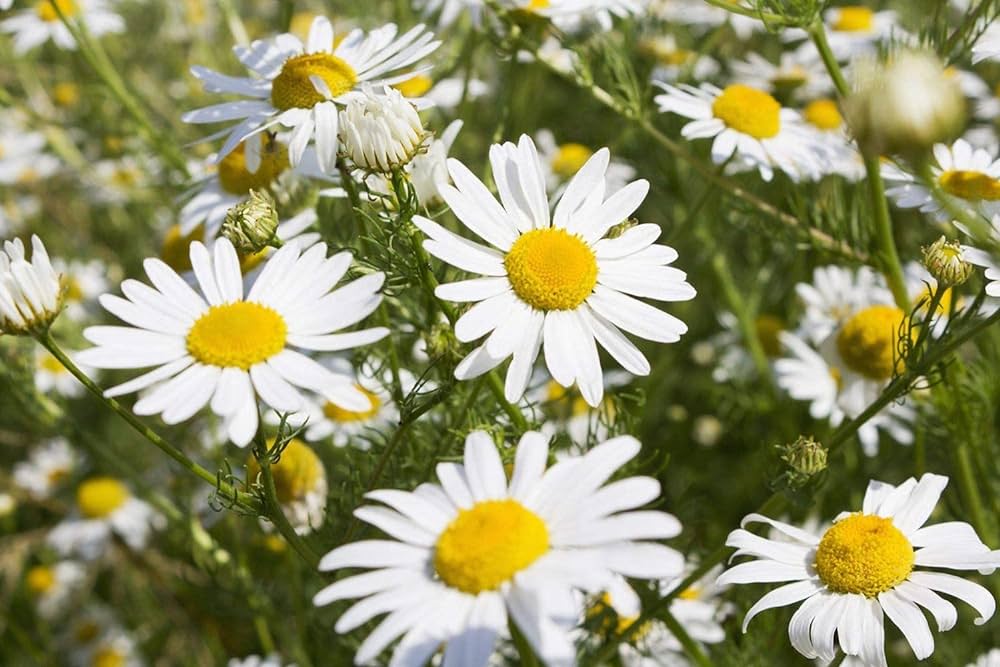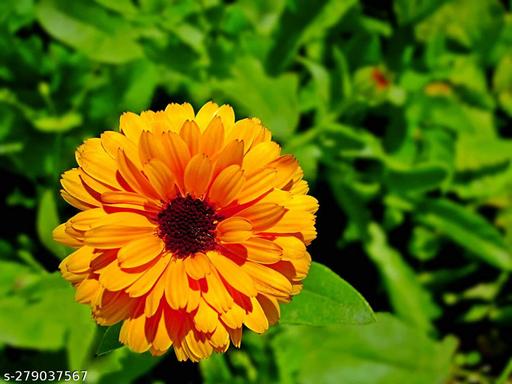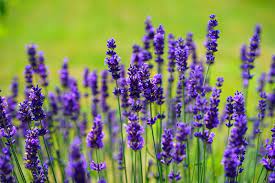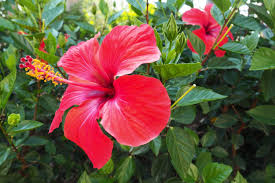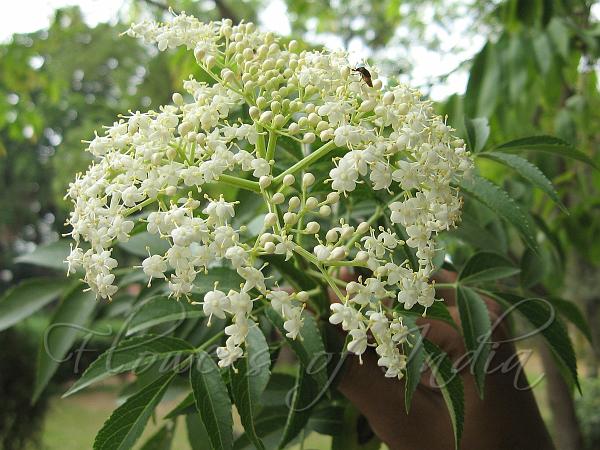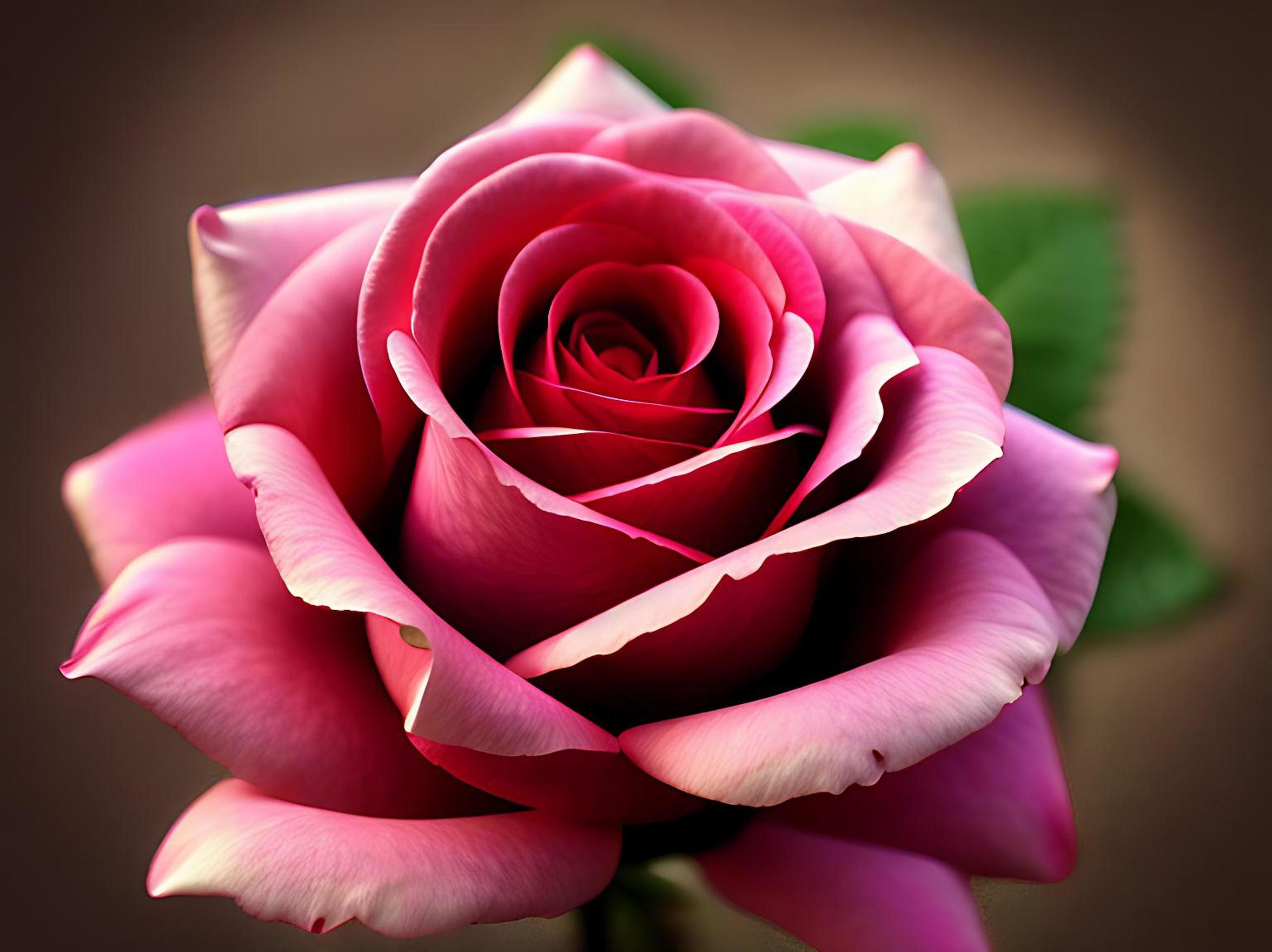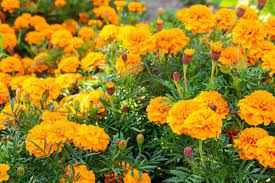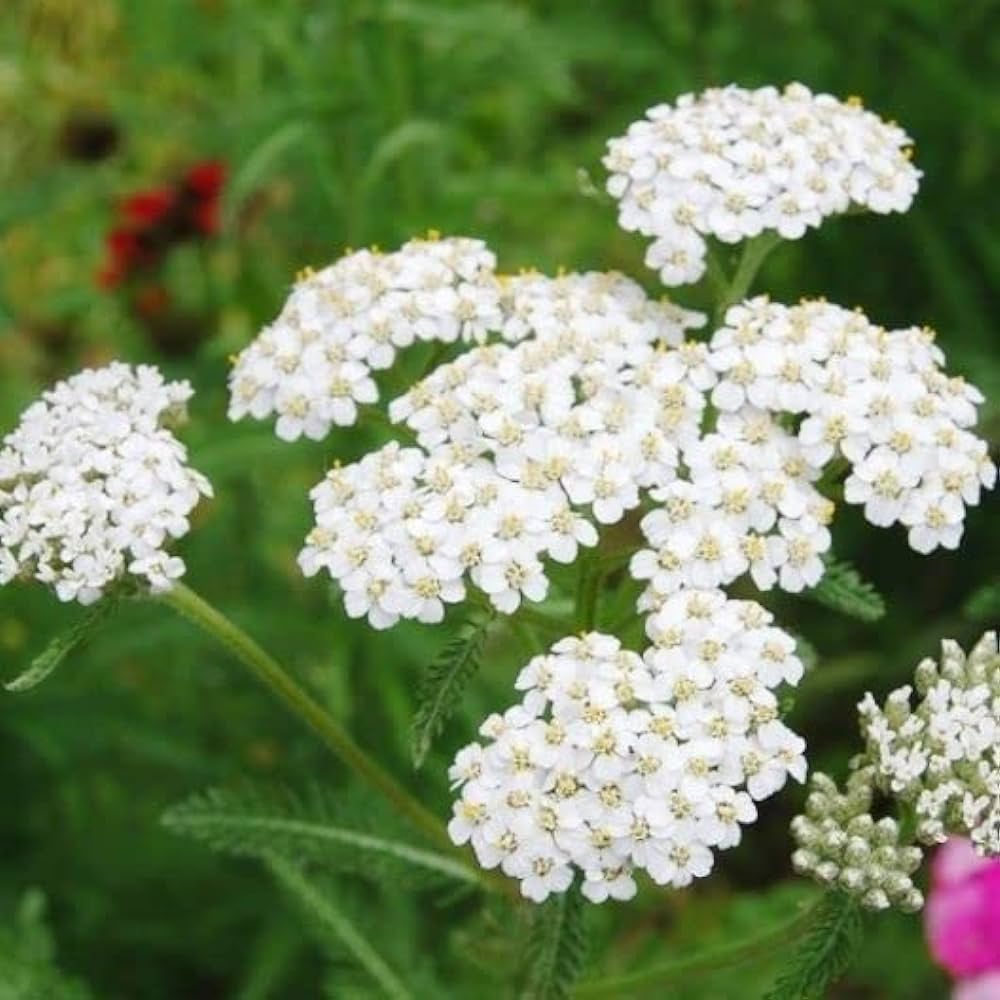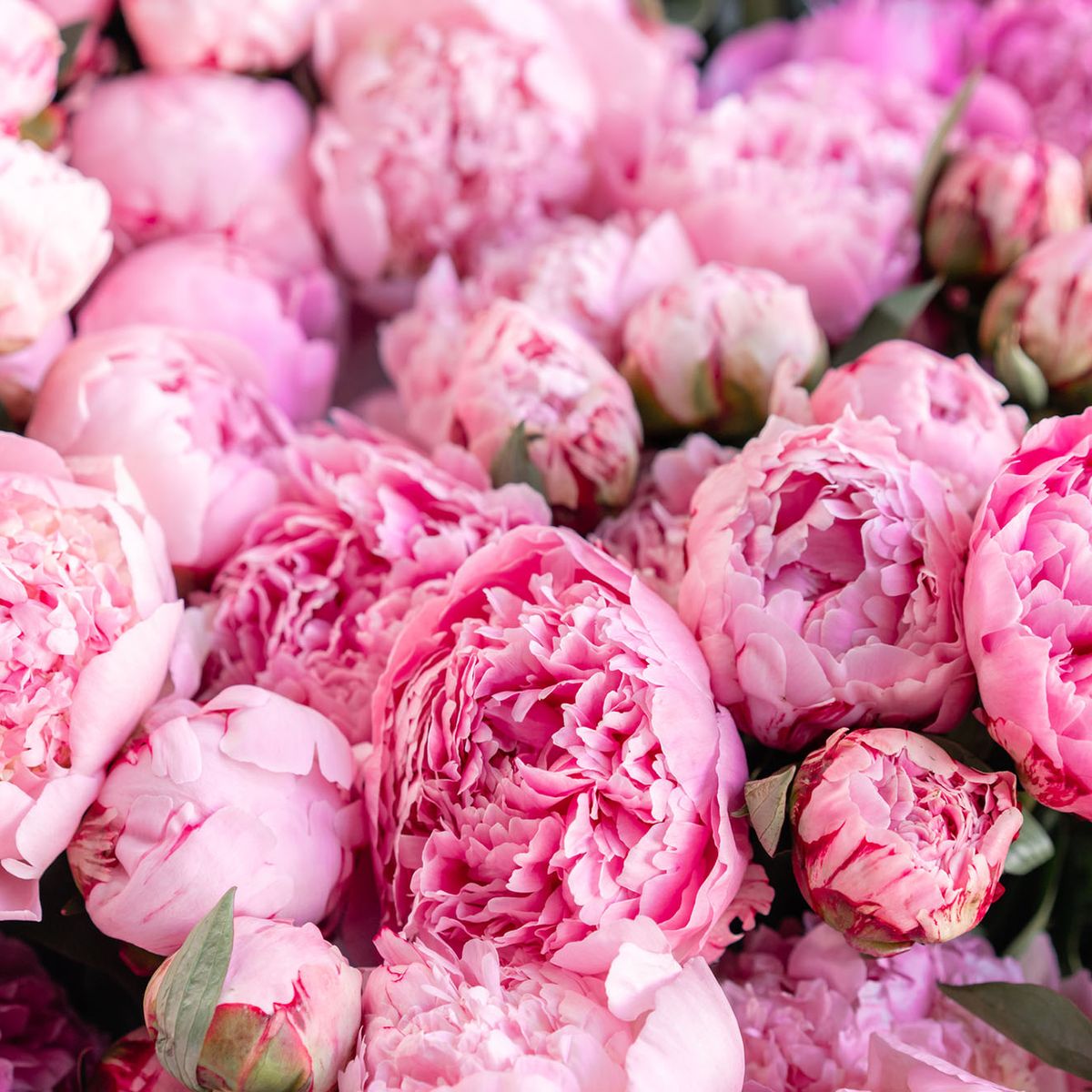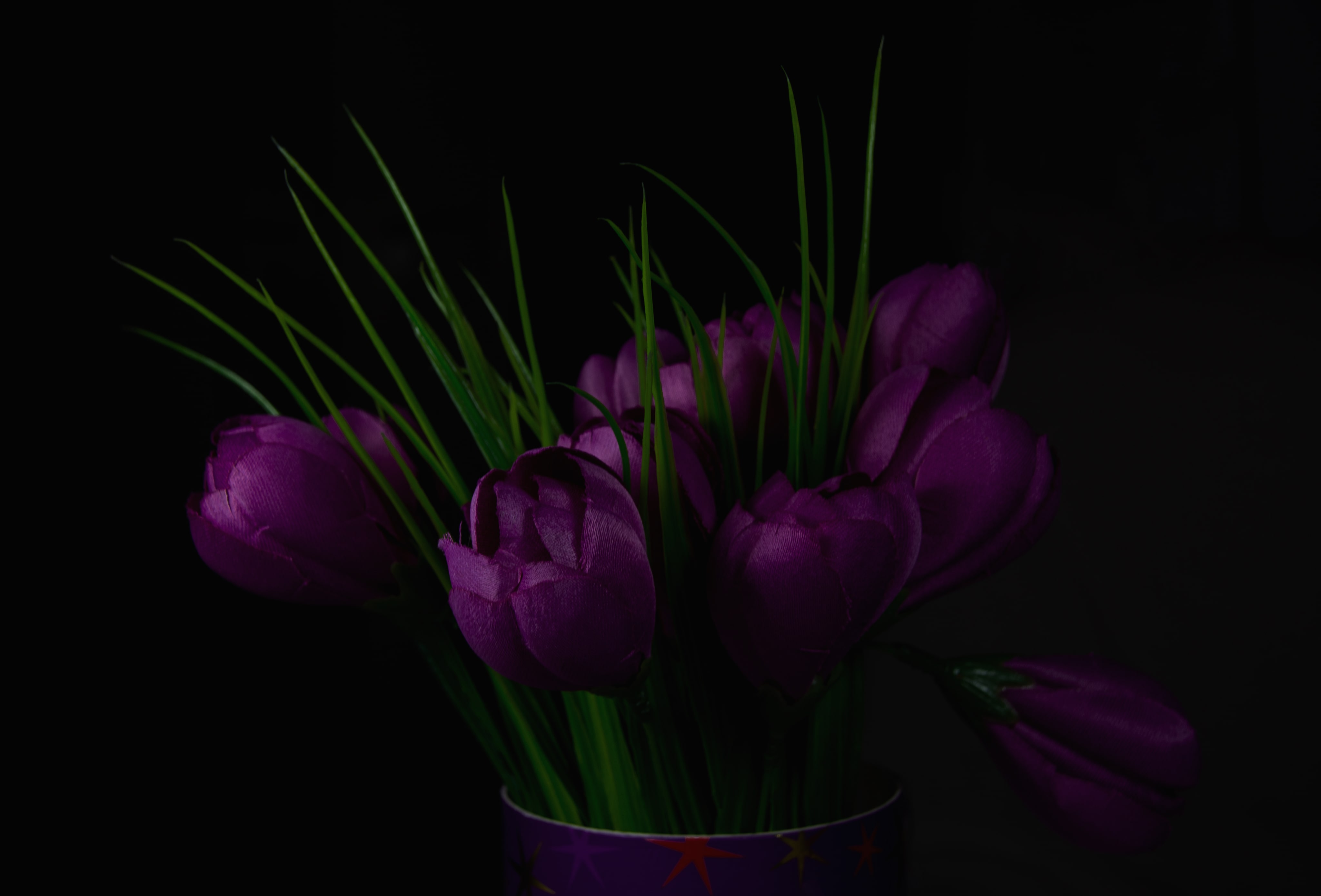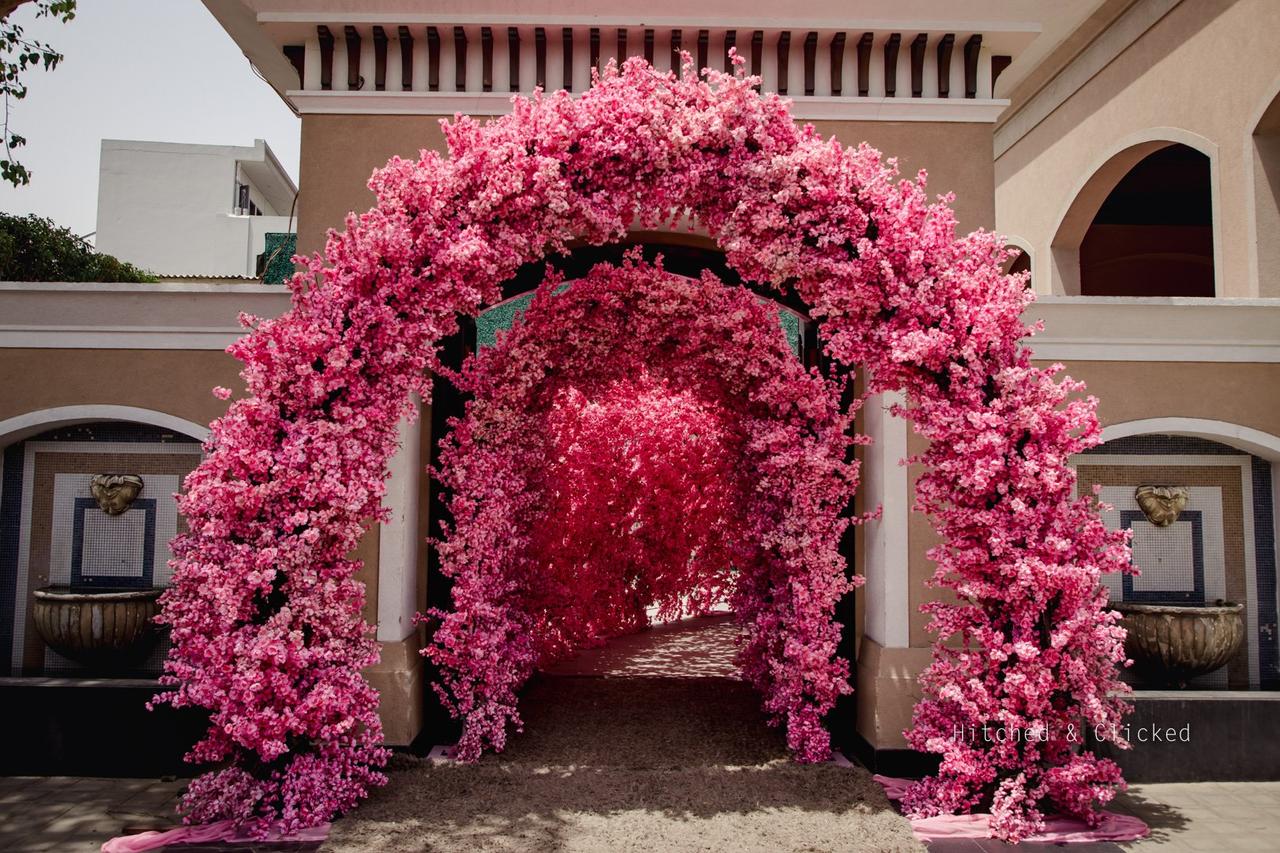Blossoms Through Time: A Floral Odyssey
In the ancient tapestry of Earth’s history, flowers emerged as nature’s
most enchanting adornments. Millions of years ago, in the midst of prehistoric greenery,
the first flowers bloomed, transforming the landscapes with their vibrant hues and
delicate fragrances. These pioneers of beauty became the architects of ecosystems,
luring insects with their sweet nectar and forging a timeless partnership through
pollination.
As civilizations rose and fell, flowers became symbols of love, resilience, and fleeting
beauty. In ancient Egypt, lotus flowers symbolized rebirth and spiritual enlightenment,
while the Romans adorned their feasts with fragrant blooms. During the Renaissance,
gardens became artistic canvases, cultivating exotic species and inspiring poets and
painters alike.
The Age of Exploration heralded a floral revolution. Voyagers brought tulips from
Turkey, roses from Persia, and orchids from the tropics, enriching the world's flora. In
the Victorian era, the language of flowers, or floriography, bloomed, allowing people to
express emotions through carefully chosen bouquets.
In the heart of the 19th century, Charles Darwin marveled at the intricacies of flowers,
unraveling their evolutionary tales. He discovered their ingenious mechanisms,
showcasing nature's brilliance. Soon, botanists like Gregor Mendel delved into the
secrets of heredity, using pea flowers to lay the foundation of modern genetics.
Today, flowers continue to weave their magic, gracing weddings, adorning festivals, and
offering solace at funerals. They inspire art, perfume industry, and scientific
research. From the serene lotus of the East to the passionate roses of the West, the
story of flowers is a testament to nature's artistry, capturing the essence of life's
fleeting yet exquisite moments, reminding us that in every petal, a story blossoms,
whispering secrets of centuries gone by.

